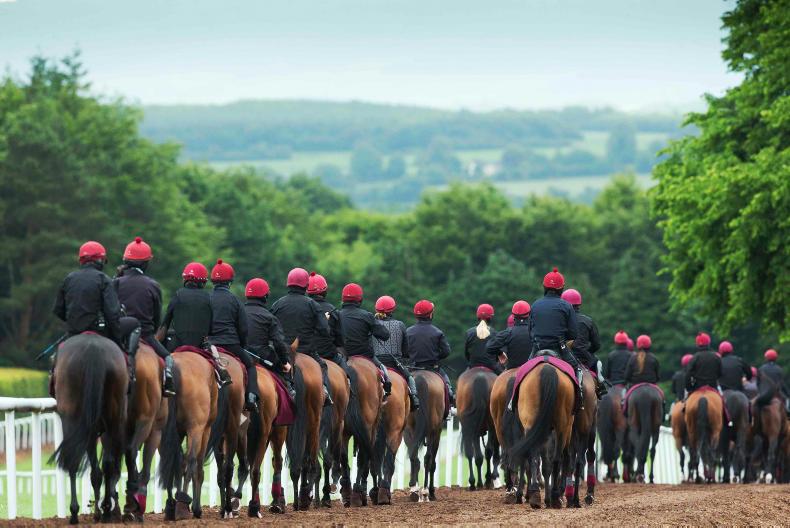Some 2,800 people who are employed full-time by Irish racehorse trainers went to work on Monday morning unsure of their working conditions. This follows the news broken over the weekend that the Labour Court has ruled that the training of racehorses is not an agricultural practice. As a result, it appears that trainers will have to ensure that their stable staff do not work excessive hours or on too many consecutive days, as has often been the case.
The Labour Court made its ruling in a case involving Aidan O’Brien’s world-famous Ballydoyle Stables who lost its appeal against compliance orders served on it by the Workplace Relations Commission (WRC).
At the heart of the issue is the change in legislation made in 2015 which saw ‘agricultural worker’ status removed from racing industry employees. The amendment was not noticed by most in racing and in May 2016 the WRC carried out an inspection at Ballydoyle and found the employers to be in breach of the law. Compliance orders were served and these were contested by Ballydoyle in the Labour Court last September.
At that two-day hearing the common practice of stable staff working extended hours and deferring days off during busy periods came under scrutiny. They argued that their racing operation was inextricably linked to Coolmore Stud, which is an agricultural enterprise.
Clear view
In his evidence trainer Aidan O’Brien said it was common for staff to report for work even on days when they were not rostered, such was their connection to the horses they cared for. However, The Labour Court rejected Ballydoyle’s view that it was entitled to the derogation from providing statutory rest periods for agricultural activities under the Organisation of Working Time Act, and allowed the WRC compliance notices to stand.
A report published by RTE on Friday evening says that the Labour Court ruling holds a very clear view that racing is not an agricultural activity. The ruling could have major implications for the racing industry.
Ballydoyle now has the option of appealing the decision to the High Court and the case is likely to be appealed.





SHARING OPTIONS